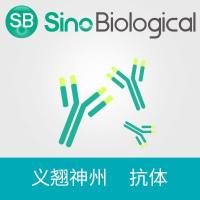Membrane-constituting phospholipids include glycerol phospholipids such as phos- phatidylcholine and phosphatidylinositol (PI) and sphingolipids. Recently, signal transduction starting from hydrolysis of these phospholipids have attracted attention as regulatory mechanisms for cell growth, differentiation, and apoptosis. During this process, phosphatidylcholine is hydrolyzed by phospholipase-D into phosphatidic acid and choline, and the former is dephosphosphorylated into diacylglycerol (DAG). DAG stimulates protein kinase C and often promotes cell growth or differentiation. In case of PI, it is first phosphorylated by PI 3-kinase or PI 4-kinase. PI 3-kinase is often activated by phosphotyrosine of the activated growth factor receptors. Metabolic pathways including PI 4-kinase are now known as classical PI turnover pathways. PI-4-P formed with PI 4-kinase is then phosphorylated by PI-4-P kinase into PI-4,5-P2 . Phosphatidylinositol-specific phospholipase C(PI-PLC) is the rate-limiting enzyme of PI turnover (1 ), and catalyzes the hydrolysis of PI-4,5-P2 to produce two second messengers, inositol 1,4,5-trisphosphate (IP3 ) and DAG. The former mobilizes Ca2+ from internal stores by binding to the receptor on endoplasmic reticulum. PI-PLC is activated in response to a wide variety of physiological stimuli such as growth factors and hormones and often shows enhanced activity in transformed cells.






